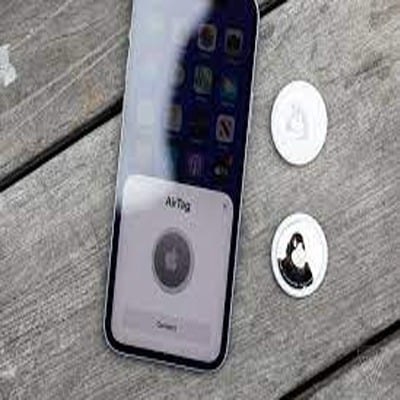
On Tuesday, Apple quietly launched a Personal Safety User Guide to help “anyone concerned about or who has suffered technology-enabled abuse, stalking, or harassment.” Consumers may use the guide to learn about their choices for eliminating someone’s access to the shared data, as well as personal safety features available throughout the Apple ecosystem. Most importantly, it includes a page titled “Stay safe with AirTag and other Find My accessories”. It comes at a time when an increasing number of people have come out to say they have been stalked using the devices.
According to 9to5Mac, the hub is largely a repackaged version of a data privacy guidance that was initially published roughly a year ago. Overall, creating a readily available resource to assist individuals to keep their information safe or finding out what to do if their safety is threatened is a positive thing. The portal is organized into many sections, including an introductory explanation, “review and take action,” personal safety checklists, and a list of accessible safety and privacy solutions. Aside from AirTag safety, the tutorial covers topics such as limiting unexpected sign-in attempts, storing data securely in iCloud, configuring Touch and FaceID, and regulating how others may view your location.
While the advice is helpful, the time is predictable. Several news sites, including CNBC, BBC News, The Guardian, and The New York Times, have published stories in recent weeks showing various instances of consumers receiving notifications that they were being monitored by an unknown AirTag. Others have posted their own experiences straight to social media platforms such as TikTok. At the same time, Sports Illustrated model Brooks Nader revealed her encounter in her Instagram Stories in early January.
THE GUIDE IS USEFUL, BUT THE TIME IS UNSURPRISING.
When the AirTags were released in April 2021, Apple noted that the gadgets included anti-stalking features. This provides sound alarms and messages delivered to iPhones whenever an AirTag was discovered traveling with them over time. However, other reviews slammed the safeguards as insufficient, especially since it took three days for the AirTags to play a sound alarm at first. After being disconnected from the owner’s iPhone, Apple altered it to a random period of eight to 24 hours. Apple also just introduced the Tracker Detect app, which allows Android users to monitor their surroundings for intrusive AirTags. Pennsylvania State Representative John Galloway has also introduced legislation to limit the use of AirTags for purposes other than locating misplaced things.
The AirTag safety piece in Apple’s Personal Safety User Guide is quite basic. It discusses how to Find My network Bluetooth identifiers are often adjusted, anti-stalking methods, and what to do if you hear an AirTag alert or receive a notification. It also discusses how to look for AirTags on Android. The objective is to assess whether the item was misplaced, play a sound to locate the AirTag, and notify local law authorities if the user’s safety is in danger. Despite receiving alerts, officials were unsure how to aid victims, according to later accounts, and attempts to retrieve the elusive AirTags were not always successful.
However, the article does provide an important reminder. If you don’t have a compatible device running the necessary software, you may not be able to get these notifications at all. To begin, your device must be upgraded to iOS or iPad OS 14.5. While this covers the vast majority of Apple devices currently supported. Not everyone is conscientious about keeping their software up to date. If you’re not sure, you can discover if your device is compatible here. You may also go to Settings > General > Software Update to see if you have the most recent version of iOS and iPad OS.
